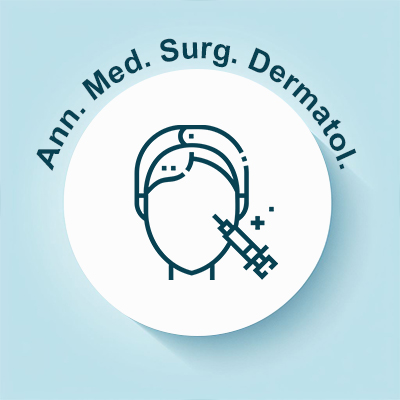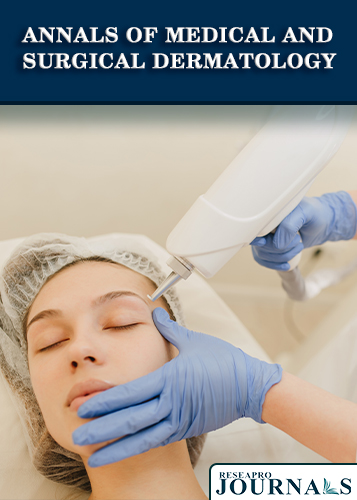
Annals of Medical and Surgical Dermatology
OPEN ACCESS

OPEN ACCESS

Department of Bioinformatics, Odisha University of Agriculture and Technology, India
Pathological scarring, encompassing conditions such as hypertrophic scars and keloids, represents a significant and persistent clinical challenge in the management of wound healing. These aberrant scars not only lead to cosmetic disfigurement but can also cause pain, itching, restricted mobility, and psychological distress, thereby affecting the overall quality of life of affected individuals. Despite extensive research into the mechanisms of normal wound healing, the biological processes underlying pathological scar formation remain incompletely understood, and predictive clinical tools remain limited. In recent years, the advent of high-throughput technologies has revolutionized biomedical research, enabling the generation of large-scale datasets that capture genomic, transcriptomic, proteomic, and epigenomic landscapes involved in disease processes. Bioinformatics application of computational tools to analyze and interpret biological data has emerged as a powerful approach to dissect the complex molecular networks contributing to pathological scarring. Through these methodologies, researchers are now able to identify gene expression signatures, signalling pathways, and molecular interactions that are dysregulated during scar formation. Moreover, the integration of machine learning algorithms with bioinformatics workflows has enabled the development of predictive models capable of identifying potential biomarkers and stratifying patients based on their risk of developing abnormal scars.
Department of Bioinformatics, Odisha University of Agriculture and Technology, India